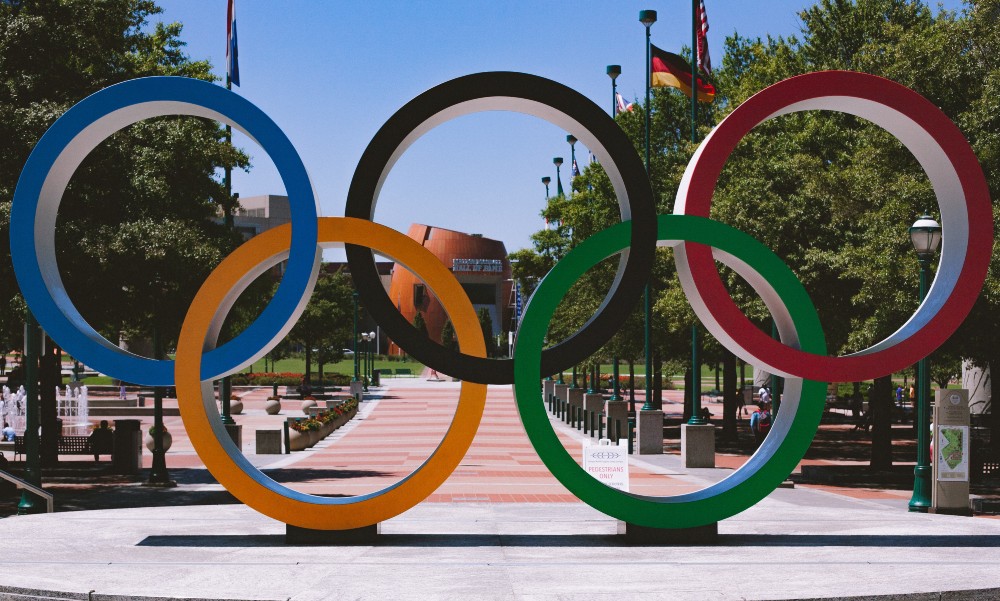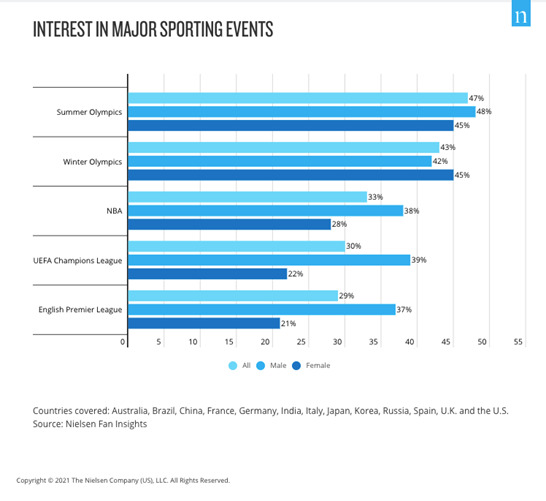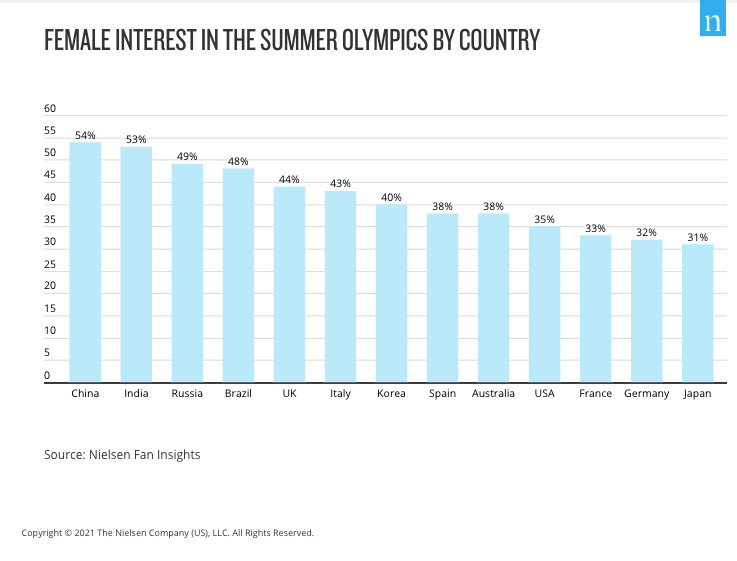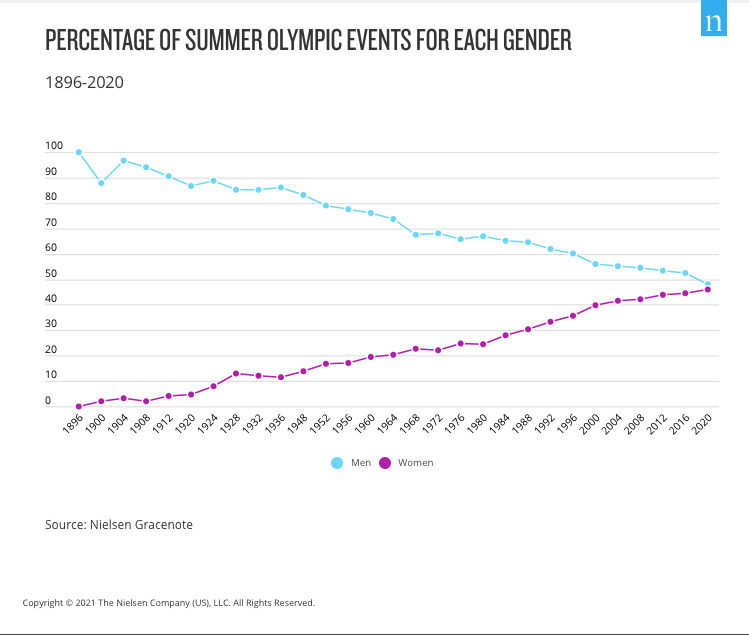
Many sports are striving towards gender equality with some doing better than others but the Summer Olympics has made massive strides in achieving this goal.
Women are now becoming more and more important when it comes to viewership and participation in the Games with interest in the event almost gender equal with 48% of men interested compared to 45% of women according to sport analytics experts Nielsen Sports.
Olympians must be doing something right to keep women watching as the Summer and Winter Olympics are the sporting events they are most likely to watch, as according to Nielsen Fan Insights only 21% of women are interested in the English Premier League, 22% in the Champions League and 28% in the NBA.

However, 45% of women asked in a variety of countries including Australia, Brazil, China, the UK and India said they would much prefer to watch both forms of the Olympic Games.
It should be of no surprise then that female participation in the Olympics is also on the rise and with a great incentive too as there are predicted to be more medals up for grabs for women at the Tokyo Olympics compared to previous Games due to the increase in women’s and mixed events.
Women’s events account for 46% this year compared to 49% for men which signals a gigantic step forward especially when looking at how much progress has been made over the last five decades since the Munich Olympics in 1972 where female events only accounted for 20%.

It has been a rule for many years that if a sport wants to be accepted in the Olympic programme it must include events for both men and women, therefore for the brand-new events which are being debuted in Tokyo: 3x3 basketball, karate, skateboarding, sport climbing and surfing, there will as many women’s events included are there are men’s.
There is only one sport in which there are no women’s events whatsoever which is Greco-Roman wrestling despite there being females in the sport who compete internationally, however this is due to change and will be included in the world-renowned event soon.
Countries will be relying heavily on their female participants to earn them a good place on the medal table, especially the smaller National Olympic Committees like Canada, the Netherlands, New Zealand and Hungary as well over half of their medals at the Rio 2016 Games came from women.

Without women, Canada would only have gotten 27% of their medals in 2016 as female athletes accounted for 73% of them which is even more staggering when taking into account that the number of medals the North American country won was of a higher proportion than the percentage of women’s events present at the Rio Olympics.
Although there is more work to be done to achieve absolute gender equality, the International Olympic Committee’s efforts are something to be marvelled at and looked at by other sports across the world.
In 1896 – the first modern Olympics – there were no female athletes at all.
In 2021 – the delayed Tokyo Olympics – women can challenge for 156 gold medals and 494 total medals in 46% of the events at the Games.
Gender equality can happen at the very top level in sport, now it needs to happen at all the levels below it, right down to grassroots.
All figures in text credited to Nielsen Sports.
Words by Lucy Roberts for Female First, who you can follow on Twitter, @Lucy_Roberts_72.
RELATED: Orla Chennaoui discusses her passion for cycling, covering the Olympics and more
Tagged in Olympics

